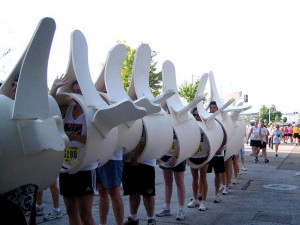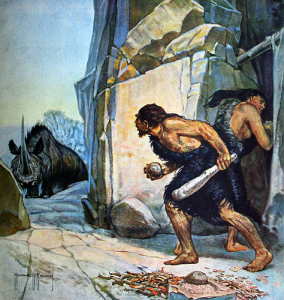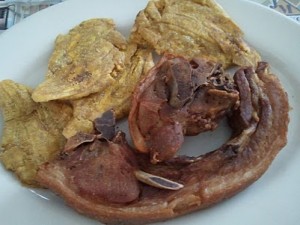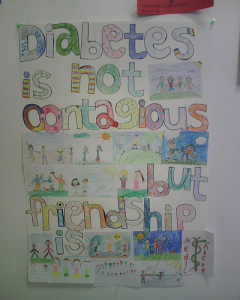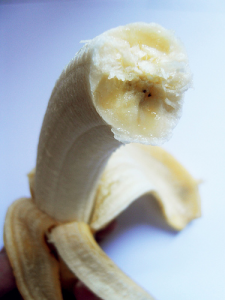Back Pain and Spinal Motion
Your spine is an intricate system of muscles, bones, tendons, and ligaments that allow you to move in a very complicated manner by working together. It is therefore remarkable. However, when something is not right, you can experience pain even when there is minimal micro-motion at a certain spinal segment. If you experience pain when you move, it is important for you to understand the things that are happening in your spine because this helps you to explain to your physician in a better manner. Hopefully, you can quickly find an effective treatment when you communicate better to your physician. The following are the most common ways in which motion causes low back pain.
• Twisting motions easily strain large spinal muscles:
The main reason motion causes low back pain is not because of your spinal structure. The ligaments or muscles that surround the spine in your back can tear or overstretch. Inflammation and pain occurs because of this while your body makes an effort to heal by limiting motion.
• Cartilage breakdown can occur because of motion:
Spinal arthritis is very common and people who are more than fifty years old are more likely to suffer from it. The mechanical breakdown of your cartilage that is between your aligning facet joints in your spinal back portion is known as spinal osteoarthritis. Inflammation occurs in the facet joints and more frictional pain occurs when the joints degenerate progressively. There is a decrease in the flexibility and motion of your spine when the back pain progresses.
• Compensation for excessive motion can occur because of the formation of bone spurs:
With osteoarthritis, there is a typical formation of osteophytes, which are also known as small irregular growths on your bone (bone spurs) on your facet joints that occurs in response to the instability of your joints that the degeneration causes.
Bone spurs are not responsible for directly causing pain because they can occur when you age. They may entrap or irritate your nerves that pass through your spinal structures by becoming large enough. Consequently, this may diminish the room for your nerves to pass.
Pain (and perhaps tingling and numbness) into your legs can occur when you walk because of most cases and you can relieve the pain with sitting.
• Pain from micro-motion occurs because of disc degeneration:
Degenerative disc disease is a syndrome in which chronic pain in the lower back occurs because of a painful disc, typically in people who are 30-40 years old. Excessive vertebral level micro-motion occurs because of the aforementioned symptomatic disease and it causes pain.
• Pain can occur because of motion in your lower spine:
There is a lot of motion in your lower back (lumbar spine) as compared to the four major regions that your spine has. This region carries all the torso weight and in effect, it makes it the spinal area that is injured most frequently.
There is a division of the motion in your lower back between five of your vertebral motion segments (all of which have facet joints that are covered by 2 cartilages and a disc). However, the lower segments (L5-S-1, L4-L5, and L3-L4) have a disproportionate amount of this motion.
You can help your doctors in the accurate identification of the specific cause of your pain by giving a better description of your symptoms when you understand better the pain that you experience owing to motion segment disorders. You should therefore use your EHIC to access appropriate and affordable treatment from them.
Author Bio:
Melody Cleo is a passionate blogger from Manchester, UK. In her free time, she writes articles on various topics such as technology, gadgets, travel…etc. As of now she is focusing on European Health Insurance Card, which provides health insurance services for the European people.
